Centralized Catalog, Faster Publishing: 40ParkLane’s Marketplace Success with CedCommerce
Reading Time: 4 minutesAbout the Brand: 40ParkLane LLC Studio40ParkLane is a design-led print-on-demand brand created…
Site traffic is up, but sales aren’t? It is probably the most common question of every eCommerce store today. If you belong to the eCommerce Industry, then you must have heard a million times that most customers wishlist their favorite items in their shopping carts but end up not buying them. Customers add items to their cart, even proceed with the checkout process, but abandon their cart in the mid-checkout. The situation is usually referred to as Checkout Abandonment.
A study says that 70% of customers abandon their carts due to their problems during the checkout process. The complex, time-consuming process of checkouts drive your potential shoppers to abandon their shopping carts and seek a better experience on your competitor’s website.
An eCommerce website with high Checkout abandonment rates signifies that they need to improve their checkout procedure. In this blog, you will learn about ways to combat Checkout abandonment, but before jumping to the solution, let explore a bit about the customer journey and how checkout abandonment is different from Cart abandonment.
When a customer lands on your eCommerce store, what he/she does from start to end is all included in their buying process. Shoppers first –
And that’s all! These are the customer buying stages.
The major difference between cart abandonment and checkout abandonment is the stage at which users abandon their purchase. Cart abandonment usually occurs after adding the items to the shopping cart, while checkout abandonment happens during the checkout process.
In other words, checkout abandonment is different from cart abandonment because customers leave without purchasing. You will get a clear picture of both the terms by reading the following definitions of both the abandonments below.
Cart abandonment occurs when a shopper browses the products, adds their favorite items to their shopping cart, and leaves the website without purchasing. Cart abandonment rate is usually calculated by dividing the total number of transactions by the total number of abandoned carts.
Since the cart stage occurs before the checkout process, the cart abandonment rates are usually higher than checkout abandonment rates.
Checkout abandonment occurs when a shopper has initiated his/her shopping cart to the checkout process and then left abandoned without completing the purchase. The checkout abandonment rates are calculated by dividing the total number of completed transactions (completed orders) by the total number of started transactions (initiated orders).
As the checkout stage is closer to the customer journey’s purchasing stage, their rates are comparatively lower than the cart abandonment rates.
Shipping charges, taxes, or other additional fees are the biggest reasons customers leave their cart during the checkout process. Customers wish to know what they will be paying for the item they are purchasing beforehand. When that doesn’t happen, and a sudden charge is asked at the checkout process, your customers tend to change their minds.
Synonym of online shopping is fast and convenient, and if the checkout process is tedious and complex, customers find your site less appealing and more time taking. The longer it takes, the less convenient is your website’s shopping experience.
Registration or account creation at the time of payment can lead down your customer’s expectations and drive them to abandon their checkout process half-way. Though account creation or registration is a potential strategy for increasing subscribers/users, it can interrupt and slow down the payment process, which removes the convenience and speed of online shopping.
Payment security is the most important concern for a customer who is willing to make a
purchase from your website and input their financial information into your database.
On 17th November 2020, BigCommerce launched an open-source extension called Open Checkout to help BigCommerce merchants customize their Checkout page and provide a distinct online checkout experience.
The Open Checkout extension can be availed by the same production code empowering the native checkout solution – Checkout SDK. It is easy for BigCommerce Merchants to upgrade to this version.
The Open-checkout extension is designed to help you provide an easy checkout process. It offers features like contemporary B2B buying, new retail environments, branded checkout pages, and customer group rules. To read more about Open-checkout and its features in detail, click here.
Mandatory sign-up during the checkout process is the biggest contributor to Checkout Abandonment. Most new customers check options on your store as a guest and wish to proceed with buying products as a guest for the first time. And registration or sign-up can drive them away. Hence, eliminating the mandatory sign-up step can help you streamline your checkout process and make your customer’s buying experience smooth.
It is usually advisable not to add extra stages or steps during the checkout process. If you ask for an email subscription initially, it will be easy to follow up with your customers after leaving their shopping cart abandoned.
Offerings as many possible options as available in payment so that customers can opt for their preferred choice. With multiple payment options, you can create a perception of more security.
Provide flexibility of changing address at the order summary page so that your users can easily make changes in the address information if wrongly filled. This will indeed reduce the friction of making changes at this crucial stage.
High Checkout abandonment rate is the major concern of most businesses today. And if you are a Bigcommerce store owner, then there is a solution for your problem.
Besides this, for 24/7 assistance and support regarding the store development or designing the Bigcommerce store, CedCommerce is your ideal choice. We are the Official Development Partners of BigCommerce.
So, reach out to our professionals right away and know how to customize your customer’s online checkout experience effortlessly.

Reading Time: 4 minutesAbout the Brand: 40ParkLane LLC Studio40ParkLane is a design-led print-on-demand brand created…
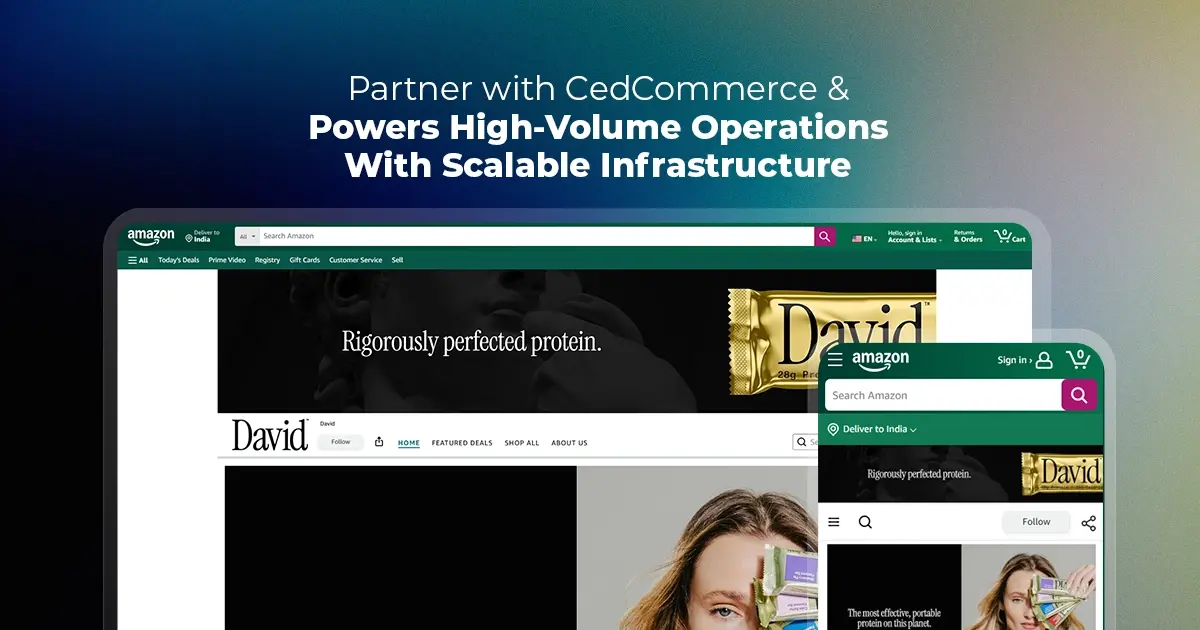
Reading Time: 3 minutesAbout the Company Brand Name: David Protein Industry: Health & Nutrition (Protein…

Reading Time: 3 minutesOnline retail spending in Germany is entering a renewed growth phase after…

Reading Time: 4 minutesTikTok Shop has released a comprehensive Beauty and Personal Care Products Policy,…

Reading Time: 4 minutesTikTok Shop has formally outlined comprehensive requirements for expiration date labeling and…

Reading Time: 3 minutesTikTok Shop is raising its sales commission for merchants across five active…

Reading Time: 11 minutesBy now you have seen your BFCM 2025 numbers. The harder question…
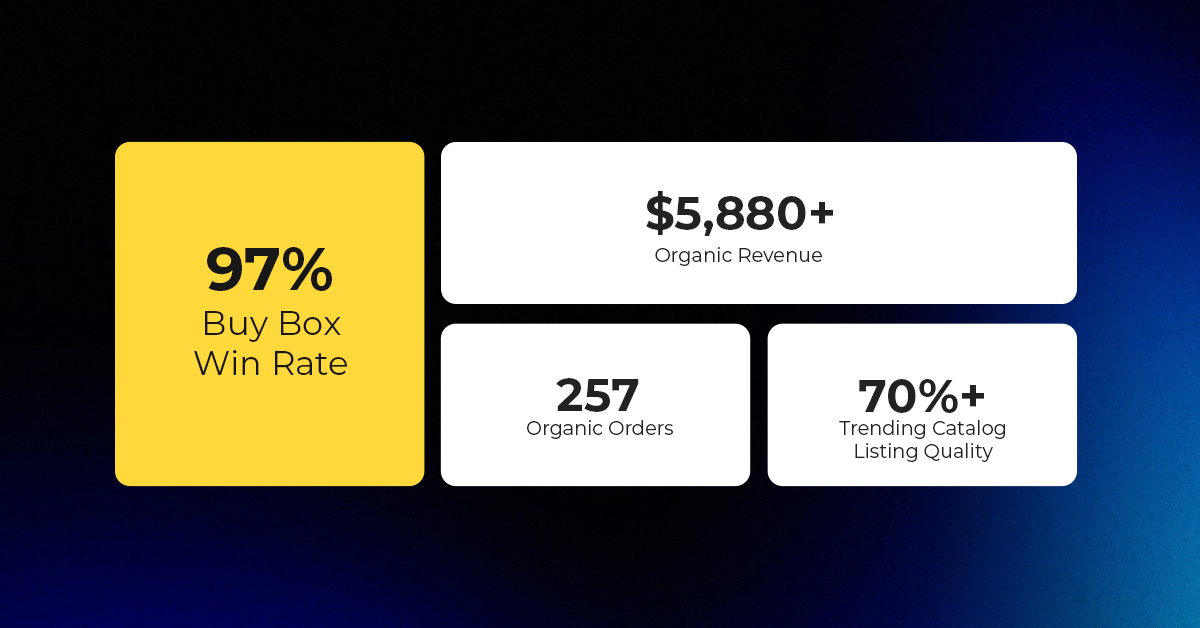
Reading Time: 3 minutesAbout the Brand Name: Vanity Slabs Inc Industry: Trading Slabs- Vanity Slabs…
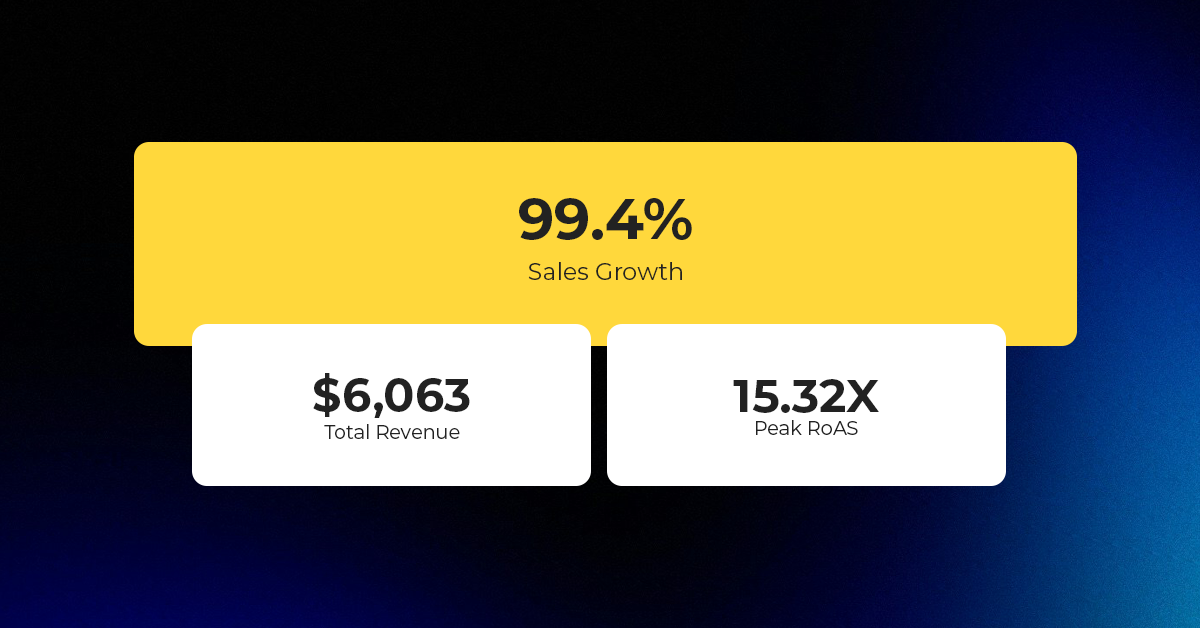
Reading Time: 2 minutesAbout the Brand Name: Ramjet.com Industry: Automotive Parts & Accessories Location: United…

Reading Time: 2 minutesAmazon is rolling out strategic referral fee reductions across five major European…

Reading Time: 4 minutesQuick Summary: Scaling Lifestyle Powersports on eBay with CedCommerce Challenge: Zero marketplace…

Reading Time: 4 minutesTikTok has surpassed 460 million users across Southeast Asia, reinforcing its position…

Reading Time: 3 minuteseBay has released its final seller news update for 2025, with a…

Reading Time: 3 minutesAmazon has clarified its stance regarding speculation around a potential breakup between…
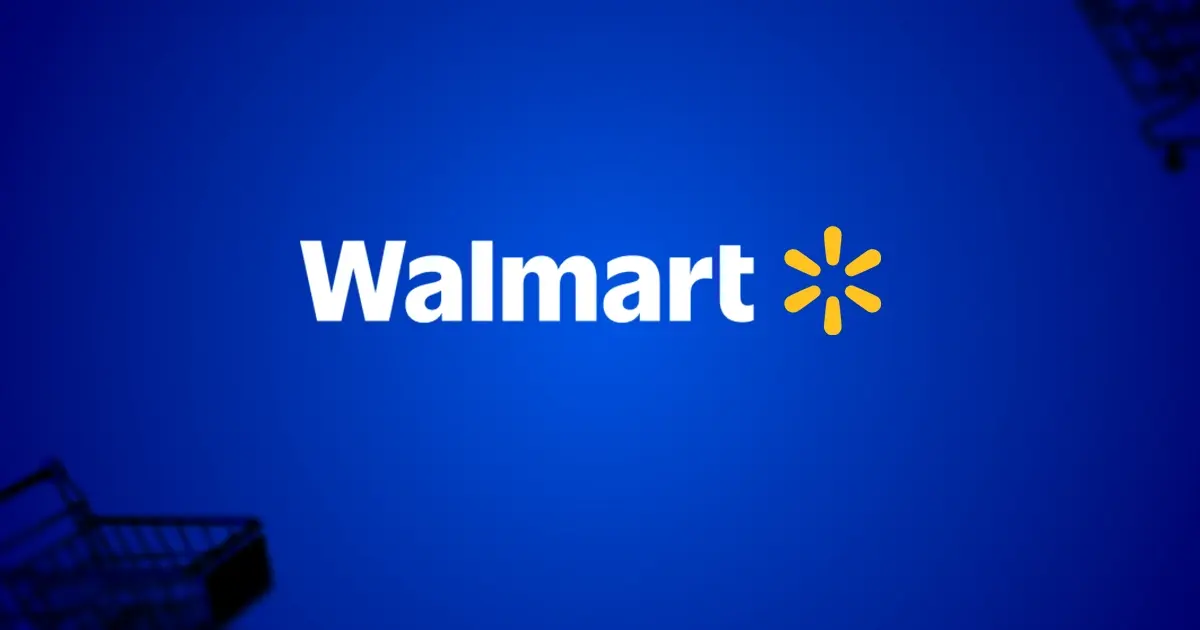
Reading Time: 4 minutesWalmart is accelerating its push into next-generation fulfillment by expanding its drone…

Reading Time: 4 minutesFaire, the fast-growing wholesale marketplace connecting independent retailers with emerging brands, has…

Reading Time: 4 minutesB2B buying in the United States is undergoing a fundamental behavioral shift…
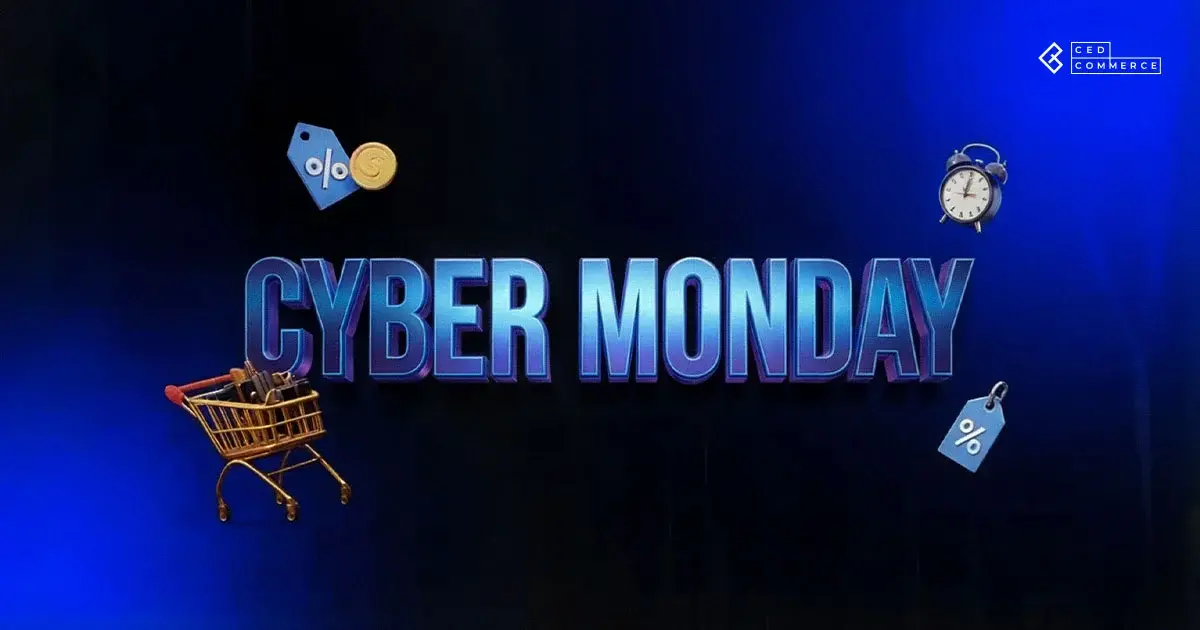
Reading Time: 3 minutesSummary Cyber Monday 2025 has officially become the largest online shopping day…

Reading Time: 2 minutesSummary Amazon kicked off December with two major developments shaping the future…
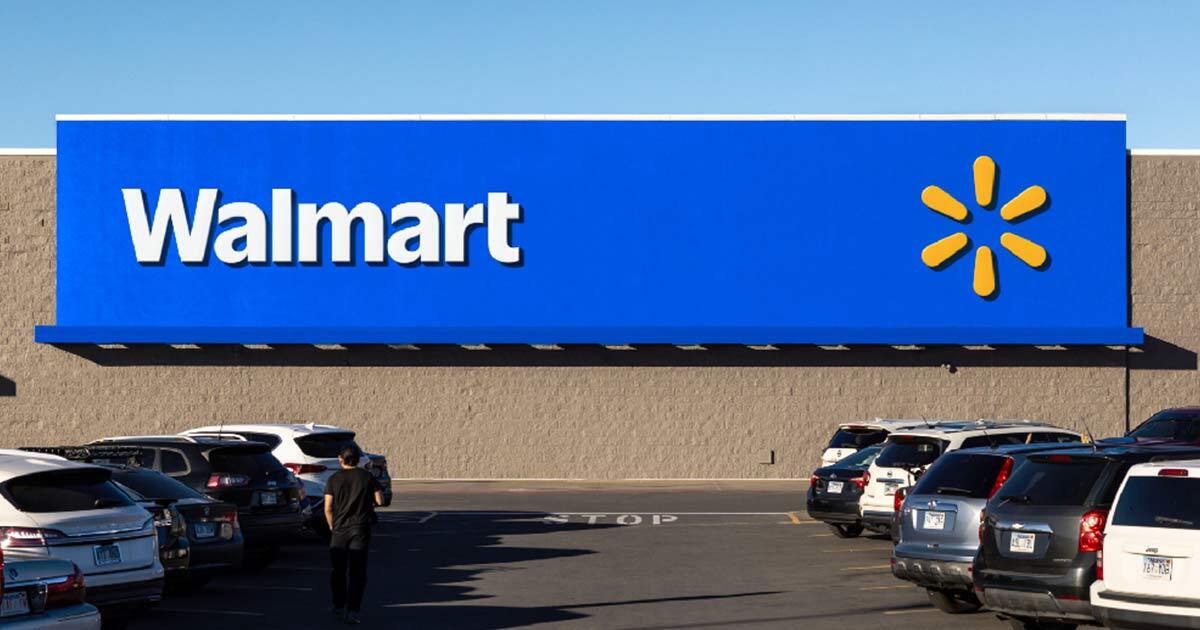
Reading Time: 2 minutesSummary Walmart has entered December with two major moves that signal a…